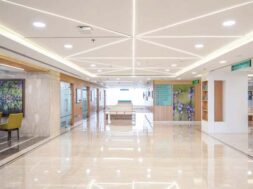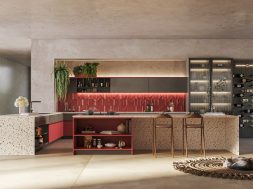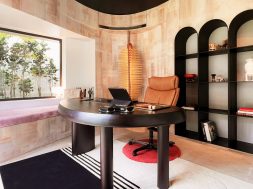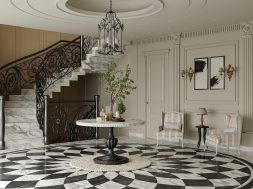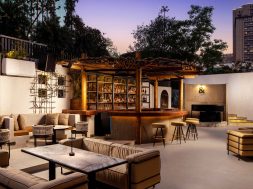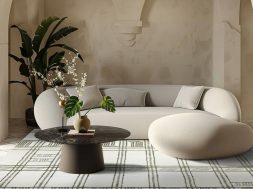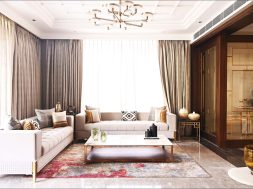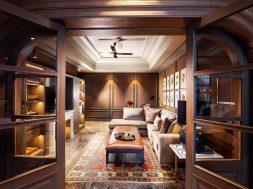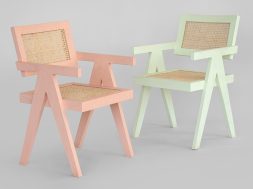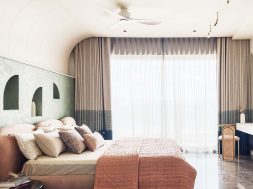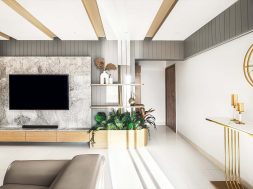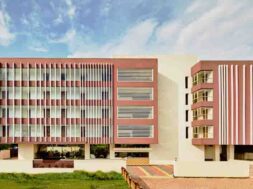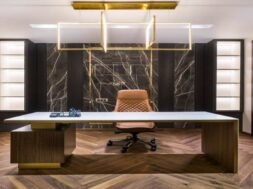
Code compliance gave sustainability a boost
“Integrated technology helps us conceptualise and strategies our design plans.”
Sustainable interior designs
From a healthcare design standpoint, sustainable design practices include everything from highly efficient passive designs that minimise mechanical equipment for heating and cooling. To environments that integrate biophilia to foster well-being. Sustainable practises that entail efficiency in design and operation while creating environments that healthy foster living is essential factors of a sustainable hospital.

Modern technologies for sustainability
Building materials can be great drivers for making a building sustainable. We approach this by including materials that have minimal impact on the environment (embodied and operational energy) and materials that positively impact occupants’ health and well-being. Typically, the use of biodegradable and recyclable materials such as rubber, composite wood, etc. Along with finishing materials that are locally sourced, have low VOC content, are non-emitting, and are highly cleanable, are becoming popular for use in sustainable infrastructure.

Technological advancements
We use technology in all critical areas of our workflow, from prototyping and design to simulation and visualisation, to help us accelerate the design and execution processes and work more efficiently. We use tools such as Dynamo for Revit for prototyping, Sefira, Energy Plus for energy simulation, and Diva, Ladybug, and HoneyBee, among others, to enable various categories of simulations.

Advancements in design visualisation, collaboration, and communication are other areas where technology is leading the way. The advent of real-time rendering engines, VR, and AR has unleashed previously unheard possibilities of visualising and communicating designs with the various project stakeholders during all design stages.

Facades for aesthetics and energy efficiency
The building envelope modulates the climatic extremes, such as temperature fluctuations, wind pressures, seismic forces, etc., in an integrated manner. Material constituents that make up the façade assembly are highly dependent on macro-level factors. Such as embodied energy and its life cycle impacts, on their performance. At CDA, we attribute exterior materials to site orientation, ease of application, longevity, maintainability, life cycle impact, and their impact on human health. The facade can be aesthetic and energy efficient with appropriate fenestration sizing, design, and treatments.

Challenges in sustainable construction
As we understand it, sustainability is an elusive term open to interpretation. We look at sustainability in every project with a distinct spectacle due to its design and operation specifics. At a broad level, sustainability has gained traction from the perspective of code compliance. However, the systemic use, potential benefits, and greater acknowledgement of ESG (environmental, social, and governance) by larger organisations have undoubtedly stirred things up in a positive direction.
For more info visit : https://cdaarchitects.in/
